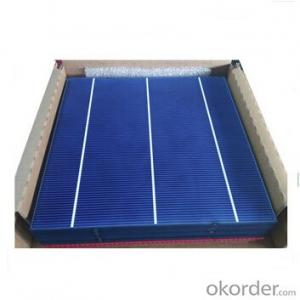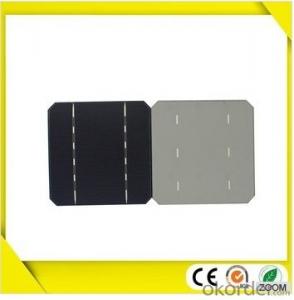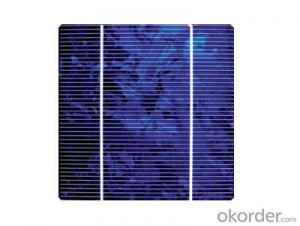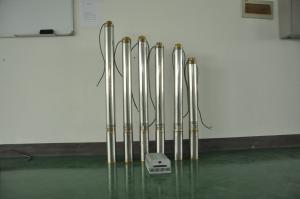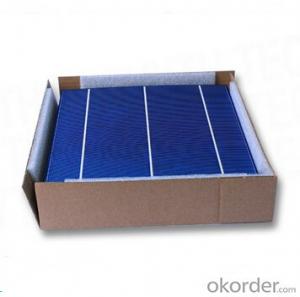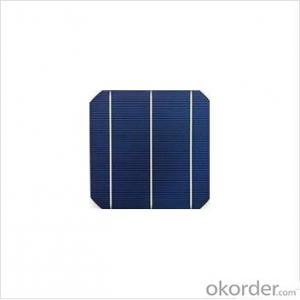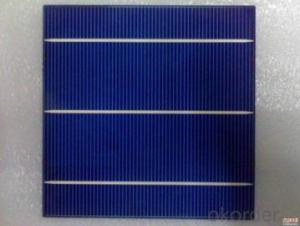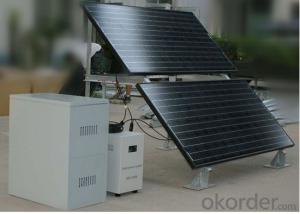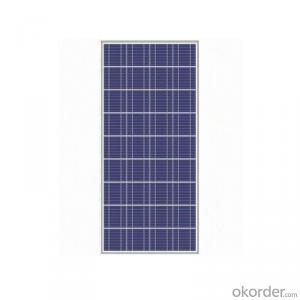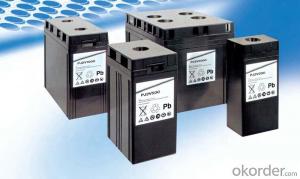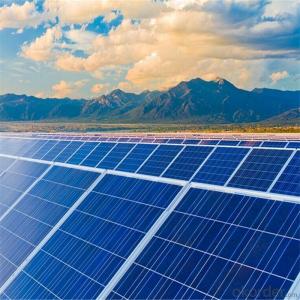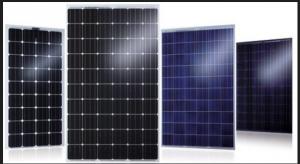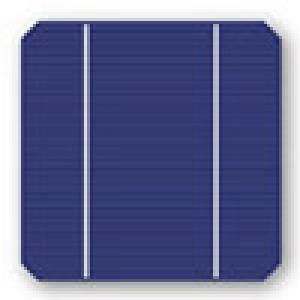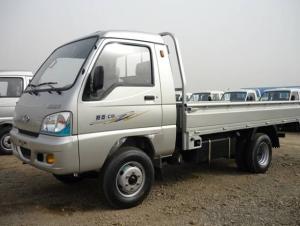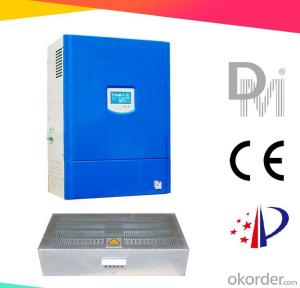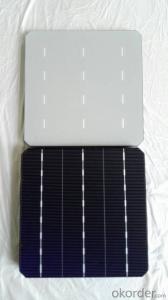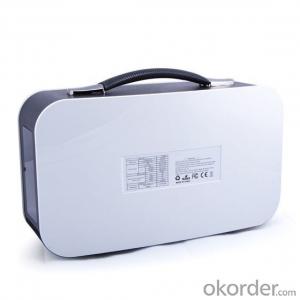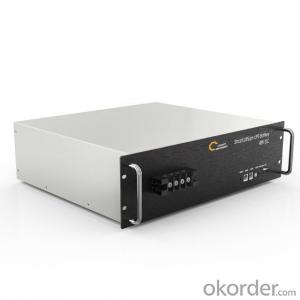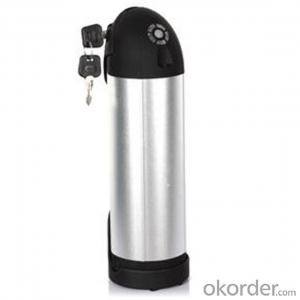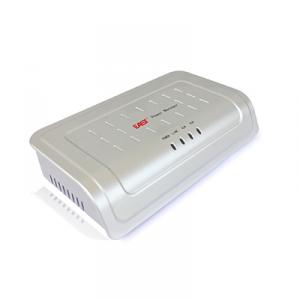2nd Generation Solar Cells
2nd Generation Solar Cells Related Searches
Second Generation Solar Cells 1st Generation Solar Cells 4th Generation Solar Cells 3rd Generation Solar Cells Fourth Generation Solar Cells First Generation Solar Cells Photovoltaic Solar Cells Bifacial Solar Cells High Performance Solar Cells High Quality Solar Cells Agbis2 Solar Cells 12 Volt Solar Cells Lightweight Solar Cells High Efficiency Solar Cells 4 Generations Of Solar Cells High Power Solar Cells Biogenic Solar Cells High Temperature Solar Cells Multilayer Solar Cells 3d Solar Cells High Voltage Solar Cells Solar Energy Cells Foldable Solar Cells Highest Efficiency Solar Cells Full Spectrum Solar Cells High Output Solar Cells Home Built Solar Cells Iii V Solar Cells Folding Solar Cells Electric Solar Cells2nd Generation Solar Cells Supplier & Manufacturer from China
2nd Generation Solar Cells, also known as thin-film solar cells, are a type of photovoltaic technology that utilizes layers of light-absorbing material to convert sunlight into electricity. These cells are known for their efficiency and versatility, making them suitable for a wide range of applications. They can be found in various settings, from residential rooftops to large-scale solar farms, and even integrated into building materials such as windows and facades. The flexibility and adaptability of 2nd Generation Solar Cells make them an attractive option for both traditional and innovative energy solutions.Okorder.com is a leading wholesale supplier of 2nd Generation Solar Cells, offering a comprehensive inventory to cater to the growing demand for this advanced technology. With a commitment to quality and customer satisfaction, Okorder.com ensures that their products meet the highest industry standards. Their extensive inventory allows them to provide a reliable source for businesses and individuals looking to harness the power of solar energy in their projects.
Hot Products

